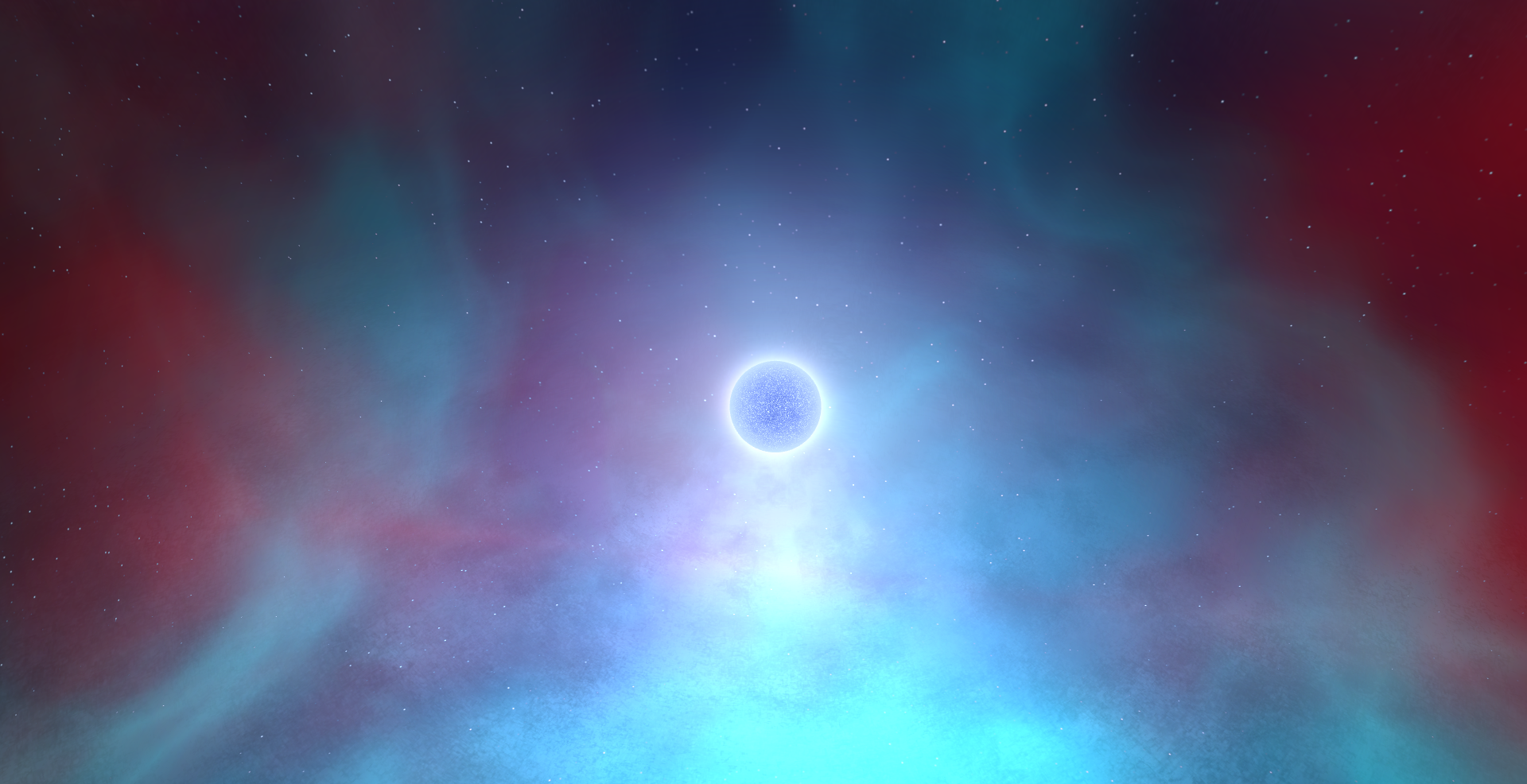New in the Neighborhood
This month, scientists were able to confirm for the first time that a visitor from another part of the galaxy has entered our neck of the celestial woods. This strange space rock, initially thought to be a comet, is the first interstellar object we have ever been able to observe within our solar system.
“This is the first example of a truly interstellar object visiting our solar system," astrophysicist and Senior Lecturer at Rochester Institute of Technology Brian Koberlein said in an email to Futurism. "We’ve known that some asteroids and comets could escape our solar system, through things like a close flyby of Jupiter, and we’ve assumed a similar thing would occur in other star systems, but this confirms it. Some asteroids and comets become interstellar travelers, wandering through the stars and occasionally visiting a star.”
Until this discovery, all of the asteroids and comets we've identified have clearly originated from our solar system, forming from matter that was trapped around our Sun. However, even preliminary readings made on Oct. 18 of this unique object indicated it was not local to our solar system. Its velocity and trajectory caused scientists from the International Astronomical Union's Minor Planet Center (MPC) to initially conclude that it must be a comet flung towards us from a neighboring star.
But our guest wasn't done surprising us.
Additional data collected on Wednesday using the Very Large Telescope in Chile revealed that the object doesn't have any comet characteristics. The MPC scientists reclassified the object as an asteroid — the first time such a change in designation has been made — and dubbed it A/2017 U1.
Scientists are now racing to uncover as much about our first interstellar object as they can before it zips away. A/2017 U1 appears to be traveling at 26 kilometres (16.2 miles) per second — too fast to be burned up by our Sun or caught in its orbit. Our visitor already seems to be on its way out.
Transformational Telescopes
Astronomers hope to learn as much as they can about A/2017 U1's composition and origin, but they are limited by our current resources. The Very Large Telescope and Pan-STARRS 1 telescope in Hawaii (both of which were used to make this discovery) are very impressive and useful pieces of equipment. As we continue to look sykward, though, star gazers can look forward to the deployment of new, more powerful telescopes.
Two such examples, the James Webb Space Telescope (JWST) and the ExoLife Finder (ELF), will give us clearer views of objects beyond our asteroid belt than ever before. Until these begin collecting data (which will hopefully be within in the next few years ) we still have a number of new cosmic toys to play with, including China's 500-metre Aperture Spherical Telescope — which just detected a pair of pulsars thousands of light-years away.
Telescopes are even poised to transform our understanding of the very nature of the universe. The Canadian Hydrogen Intensity Mapping Experiment has been given the daunting mission of detecting gravitational waves and radio bursts from pulsars in order to unveil the history of the universe. The secrets of dark matter may also be revealed in the coming decade by the Large Synoptic Survey Telescope.
While none of these pieces of equipment are likely to catch a glimpse of A/2017 U1 before it soars out of sight, they will certainly give insight into the kinds of astrological systems it might have come from, as well as the processes that brought this unusual object to our corner of the galaxy.
Share This Article
